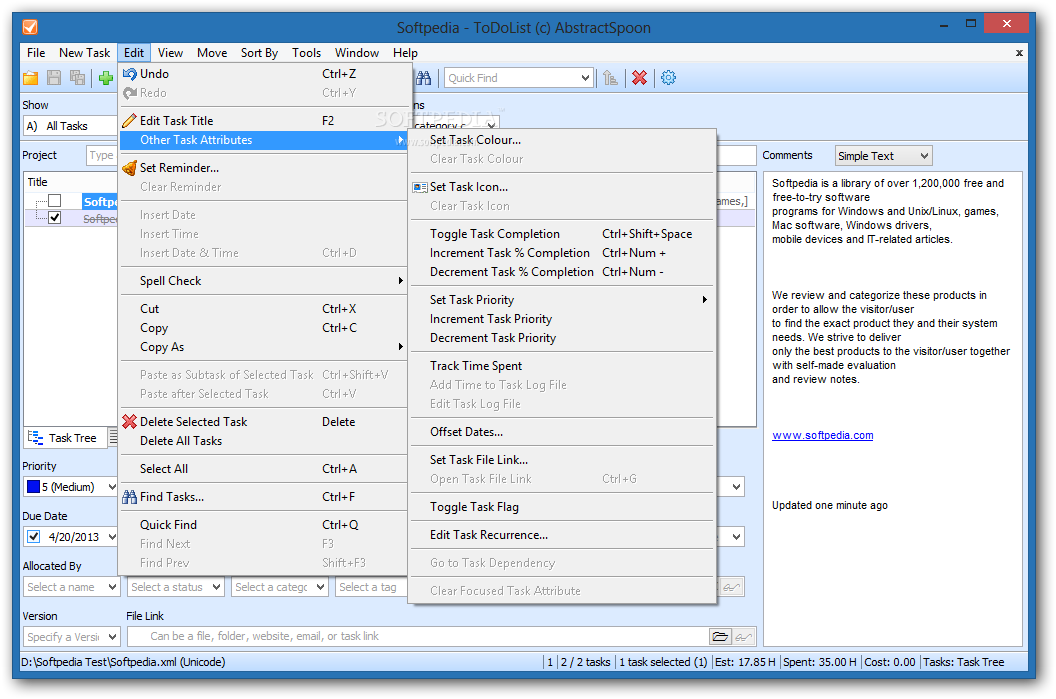

PHP: The Right Way is translated into many different languages: This is a living document and will continue to be updated with more helpful informationĪnd examples as they become available.

Instead offer suggestions for multiple options, when possible explaining the differences This website will also not tell you which tools to use, but To give seasoned pros some fresh ideas on those topics they’ve been doing for years

This website aims to introduce new PHPĭevelopers to some topics which they may not discover until it is too late, and aims Quick reference for PHP popular coding standards, links to authoritative tutorialsĪround the Web, and what the contributors consider to be best practices at present. Propagating bad practices and insecure code. You may find these handy if you use a proxy, want to disable installation of recommended packages to save space, or need to control which versions of packages are installed via APT pinning, to name a few possibilities.There’s a lot of outdated information on the Web that leads new PHP users astray, Finally, a number of options give some control over apt, or if you prefer, aptitude, at build time when packages are installed. You can define lists of packages, including metapackages which will install many related packages at once, such as packages for a particular desktop or language. You can also add your own repositories for backports, experimental or custom packages, or include packages directly as files. To ensure decent download speeds, you should choose a nearby distribution mirror. The broadest choices influencing which packages are available to install in the image are the distribution and archive areas. This chapter guides you through the various build-time options to customize live-build's installation of packages. Perhaps the most basic customization of a live system is the selection of packages to be included in the image.


 0 kommentar(er)
0 kommentar(er)
